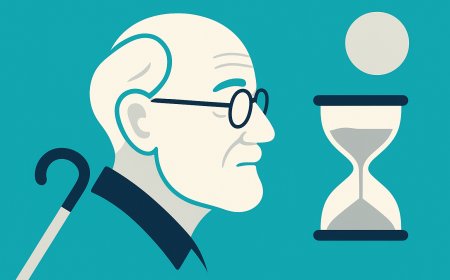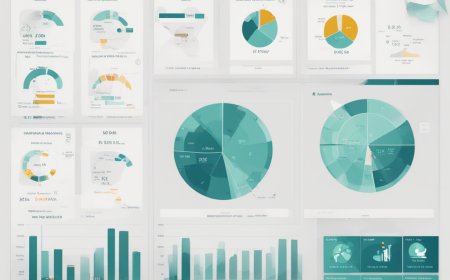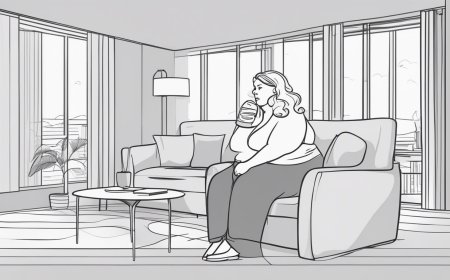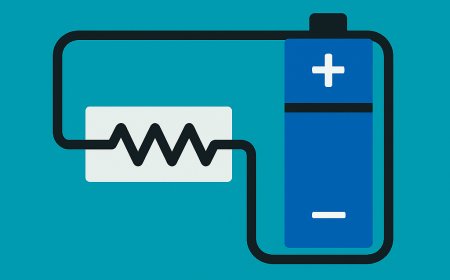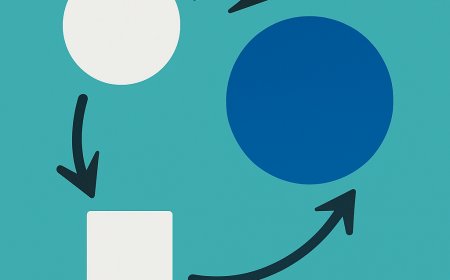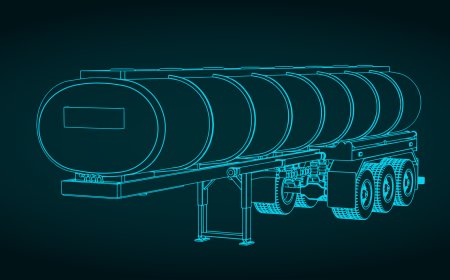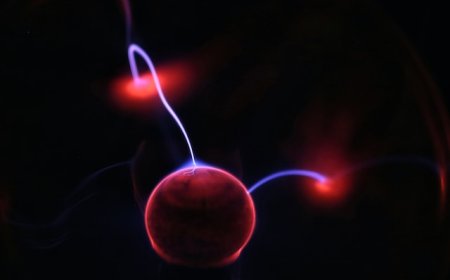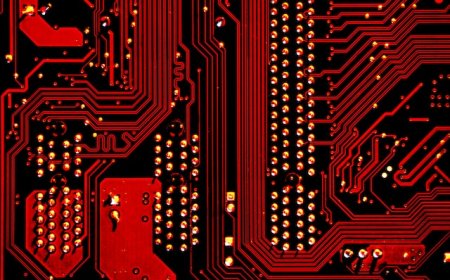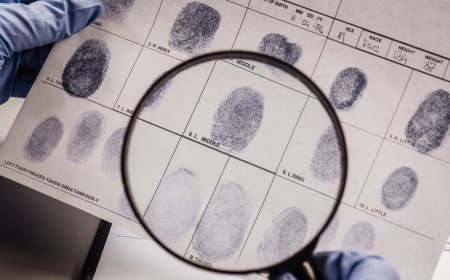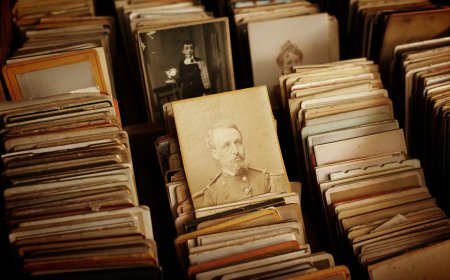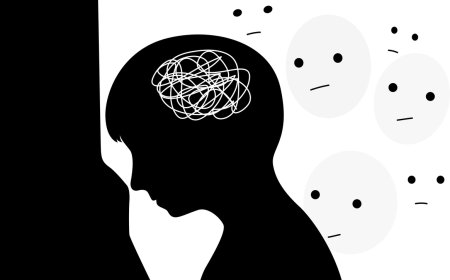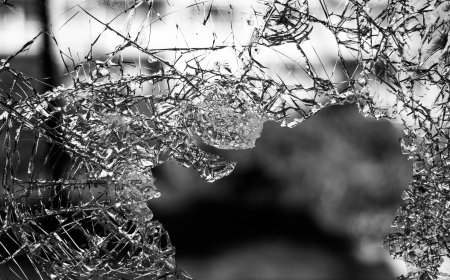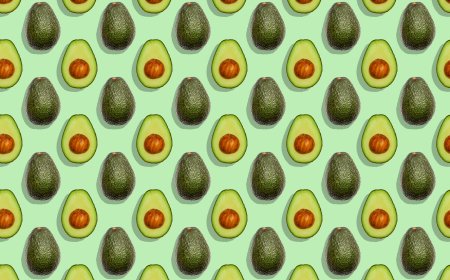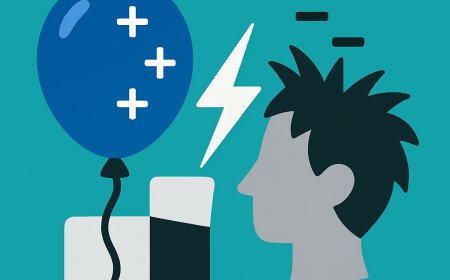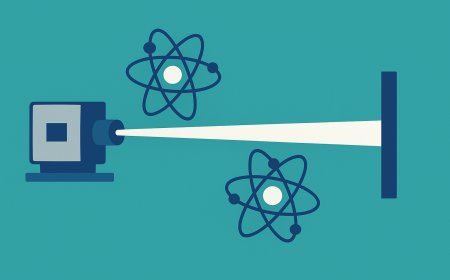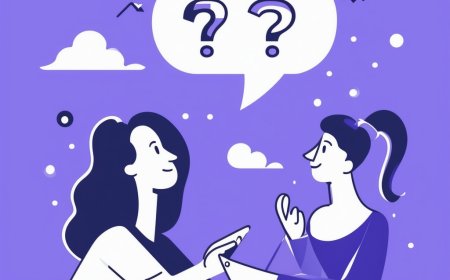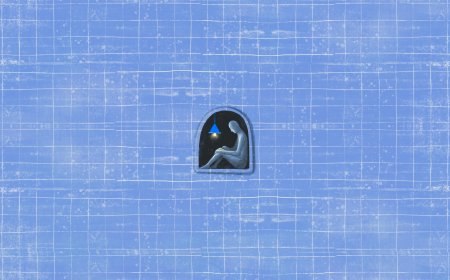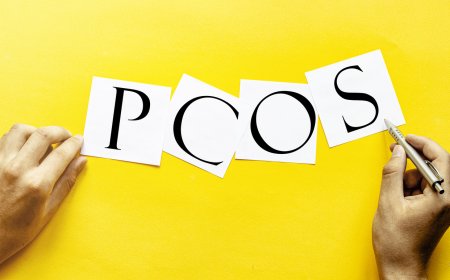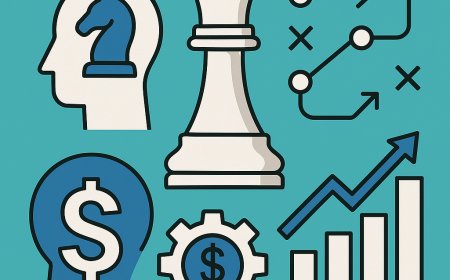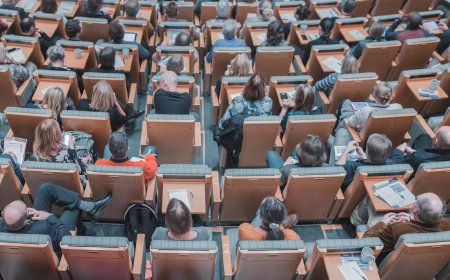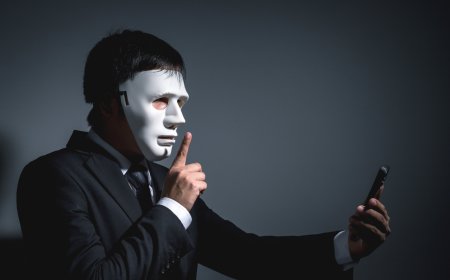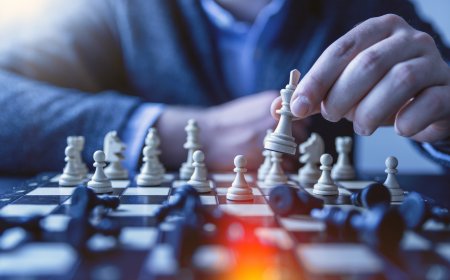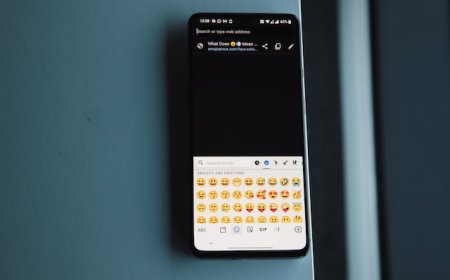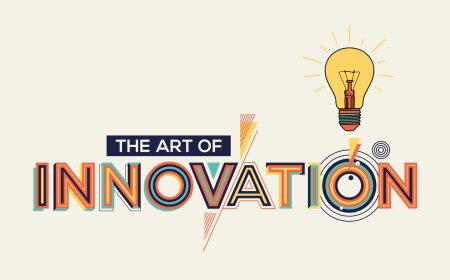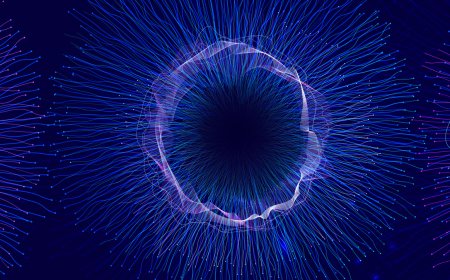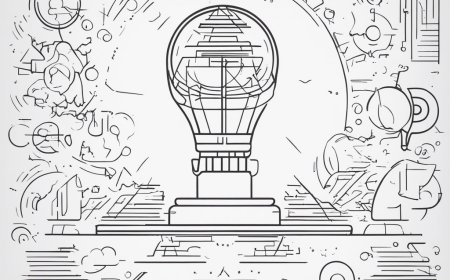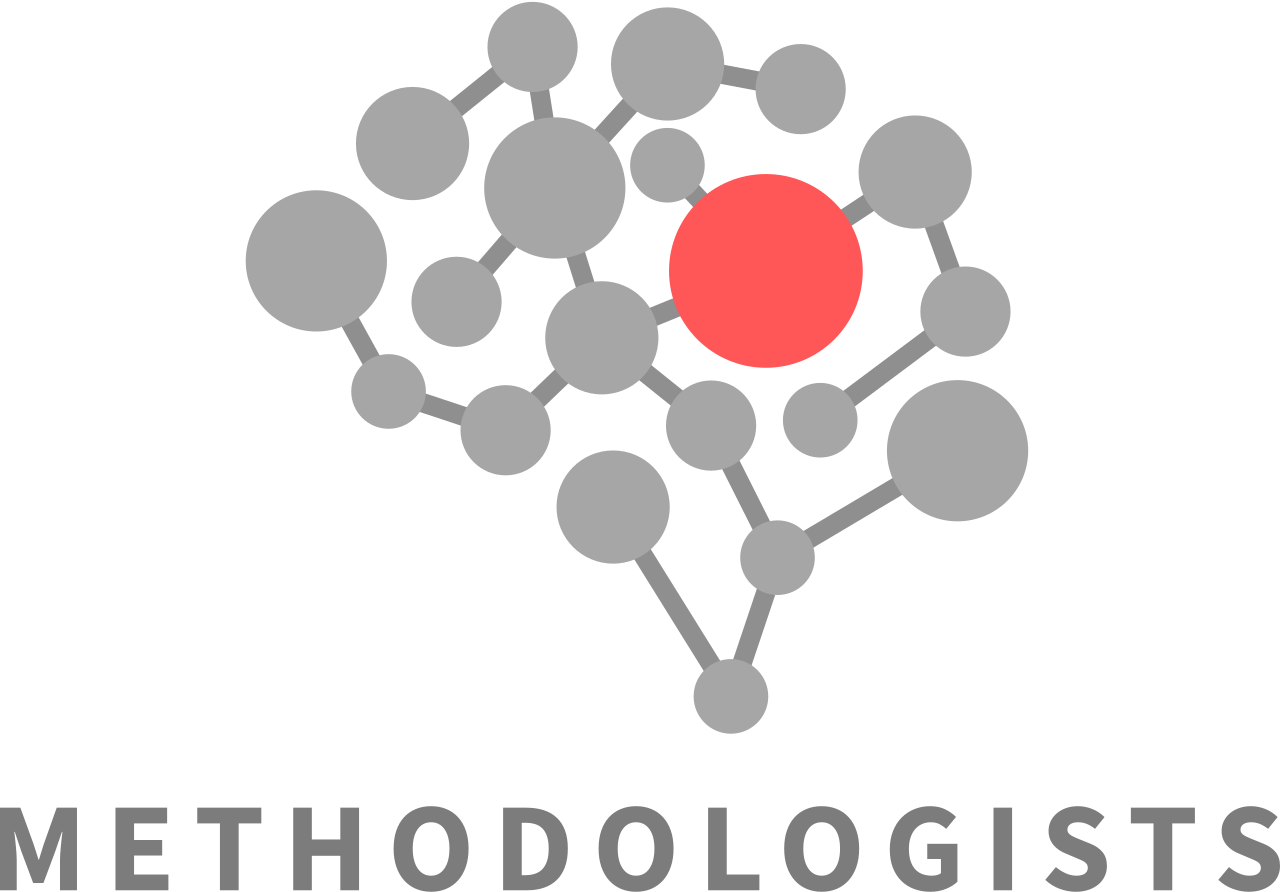Quantum Entanglement: Demystifying Spooky Action at a Distance
Explore quantum entanglement — the mysterious phenomenon Einstein called 'spooky action at a distance.' Learn how entangled particles behave, the EPR paradox, Bell's tests, and real-world uses in quantum computing and cryptography.

Introduction: Why Entanglement Amazes Scientists
Quantum entanglement is one of the most counterintuitive phenomena in physics. When two or more particles become entangled, their properties become linked so strongly that measuring one instantaneously influences the state of the other, no matter how far apart they are. In the 1930s Albert Einstein, Boris Podolsky and Nathan Rosen used this effect in a thought experiment known as the EPR paradox to argue that quantum mechanics must be incomplete. Einstein famously derided entanglement as “spooky action at a distance”, yet experiments have repeatedly confirmed that entangled particles do exhibit correlations that cannot be explained by classical physics.
What Is Quantum Entanglement?
In classical physics, it is possible to describe the state of each object independently. With entangled particles, however, the quantum state of the entire system must be described as a whole. Measurements of properties such as polarization, spin or momentum on one particle are perfectly correlated with those on its partner. For example, if two photons are entangled so that their total spin is zero and one is measured to have clockwise spin, the other will always be found to have the opposite spin. Until a measurement is made, each particle exists in a superposition of possible states. The act of measurement collapses this superposition and determines the outcome for both particles simultaneously.
The EPR Paradox and Bell’s Inequality
Einstein and his colleagues were troubled by entanglement because it appeared to violate locality and causality. In their 1935 paper they argued that if quantum mechanics were complete, entangled particles would allow instantaneous communication, violating the speed limit set by relativity. John Bell showed in 1964 that any theory obeying local realism must satisfy certain limits on the correlations that measurements can produce. Quantum mechanics predicts violations of these limits. Many experiments, including those by Alain Aspect and others, have measured entangled photons and found that they violate Bell’s inequality. These results rule out local hidden‑variable theories and show that entanglement is a real feature of nature.
How Entanglement Works
Entangled pairs are typically created in the laboratory by splitting a single photon into two lower‑energy photons using a nonlinear crystal or by using processes such as parametric down‑conversion. In this process, conservation laws ensure that the two photons are produced with correlated properties. When one photon’s polarization is measured, the polarization of the other photon collapses into a complementary state, even if the photons are separated by kilometers. Importantly, entanglement does not transmit usable information faster than light. Although measuring one particle instantly sets the state of the other, a classical signal is still required to compare results, preserving causality.
Applications of Quantum Entanglement
Scientists have turned entanglement from a philosophical curiosity into a powerful resource. In quantum computing, entangled qubits enable multi‑qubit operations that dramatically increase computational power. By allowing qubits to exist in superpositions and entangle with each other, algorithms such as Shor’s for factoring and Grover’s for searching can outperform their classical counterparts. Quantum cryptography uses entanglement to create secure communication channels; protocols like quantum key distribution detect eavesdropping by monitoring changes in entangled correlations. Quantum teleportation transfers the state of a particle to a distant partner by consuming entanglement and sending classical information. Other experiments have used entanglement to achieve superdense coding and entanglement swapping, pointing the way toward quantum networks.
Experiments and Technological Progress
Entanglement was once thought too delicate for practical use, but advances in experimental techniques have demonstrated entanglement in many systems, including photons, trapped ions and superconducting qubits. Pioneering experiments by John Clauser and Stuart Freedman tested Bell’s inequality using entangled photons. Subsequent experiments by Alain Aspect in the 1980s and Nicolas Gisin in the 1990s closed loopholes and extended entanglement over kilometers. In 2019, researchers led by Jian‑Wei Pan entangled 20 particles, showing that entanglement can be maintained in increasingly complex systems. These achievements underpin the development of quantum communication and distributed quantum computing.
Common Misconceptions
Entanglement often leads to misconceptions about faster‑than‑light communication and telepathy. While entangled particles share correlations that are stronger than any classical system, they cannot be used to send information instantaneously. The results of individual measurements are random; only when results are compared via classical communication does the entangled nature become apparent. Another misconception is that entanglement only occurs between two particles. In reality, multipartite entanglement can involve three or more particles and plays a role in condensed‑matter physics, superconductivity and quantum phase transitions. Entanglement is also not limited to microscopic particles; experiments have demonstrated entanglement in small diamonds and mechanical oscillators.
Future Directions
The harnessing of entanglement is central to emerging technologies. Quantum networks will rely on entanglement to transmit quantum information across long distances with minimal loss. Researchers are working on quantum repeaters and error correction to extend entanglement distribution. Entangled sensors promise unprecedented precision in measuring time, gravitational fields and magnetic fields. Quantum simulators use entangled qubits to model complex many‑body systems, providing insight into materials and chemical reactions. As quantum technologies mature, understanding and controlling entanglement will be key to unlocking their full potential.
Quantum entanglement challenges our classical intuition and invites us to rethink concepts like locality and separability. What began as a paradox has become a cornerstone of quantum technology. By exploring the history, underlying physics and practical applications of entanglement, we gain a deeper appreciation for the strange yet profoundly useful features of the quantum world. The continued development of quantum technologies will rely on mastering entanglement — the very phenomenon that once perplexed Einstein and continues to inspire scientists today.
What's Your Reaction?







